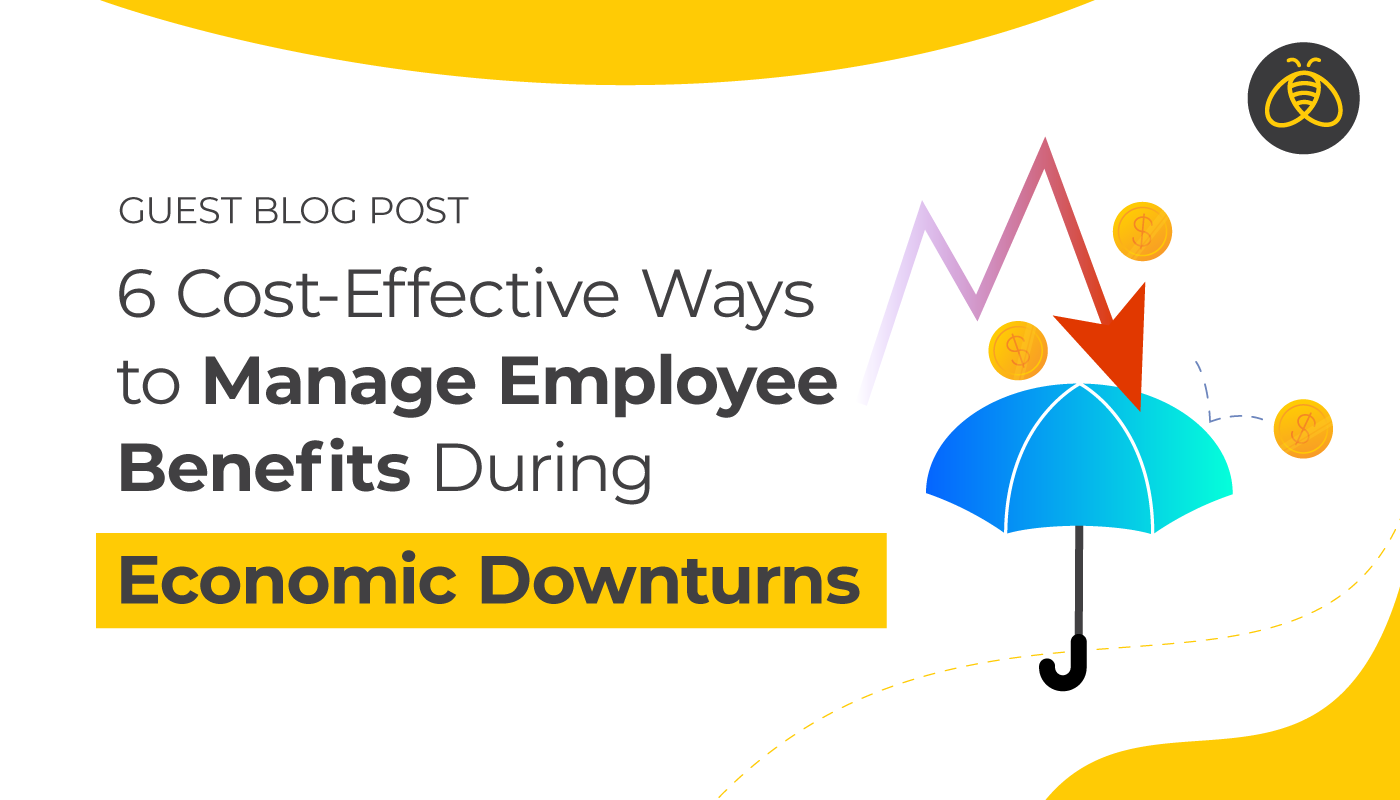6 Cost-Effective Ways to Manage Employee Benefits During Economic Downturns
By: Benefits by Design | Tuesday October 3, 2023
Updated : Friday September 29, 2023
This is a guest blog post by Erika Cruz – a content writer at Outreach Monks, a leading marketing agency known for its innovative digital solutions. With her expertise in crafting compelling copy and engaging content, Erika helps clients build their brands and connect with their target audience.
As a business, it’s not uncommon to find yourself facing a period of economic downturn where keeping up with employee benefits becomes a challenge. Whether you’re looking for ways to prevent such a challenge or manage it when finances get short, there are strategies you could adopt now to make that challenge easier to navigate when the time comes. These cost-effective ways to manage employee benefitswill ensure you can attract and retain top talent without compromising the well-being of your workforce.
How to Win the War for Talent with These 5 Employee Benefits & Perks
1. Leverage Strategic Outsourcing
If you are just now developing your operational structure, one of the best ways to reduce the financial strain of managing an in-house team is by outsourcing projects externally. Think about it, not all tasks need in-house teams.
For example, you don’t always need in-house digital marketers, customer support representatives, or software developers. And most software firms will not always be running a project.So, using software outsourcing companies when new software needs to be developed can save you financial headaches. The key advantage here is that you don’t have to pay employee benefits for outsourced staff since they are not your direct employees.
2. Consider Remote Work Options
Another way to reduce the financial strain and manage employee benefits is to allow your team to work remotely. By doing so, you can reduce overhead costs associated with maintaining a physical office.
When employees work from home, you save money on office space, utilities, and commuting allowances. Employees, in turn, benefit from reduced commuting time and expenses and improved work-life balance. Just imagine how much your employees spend on commuting yearly. It’s a win-win. Ultimately, remote work options can help you attract and retain top talent while controlling costs.
[Free Download] Reimagining Health & Wellness for a Remote Workforce
3. Offer Flexible Benefits Plans
It’s also worth introducing flexible benefits plans that allow employees to choose the benefits that matter most to them. This approach gives your workforce more control over their compensation package while allowing you to allocate resources more efficiently.
Some employees may not really need a commuting allowance, especially if they live close to work. Employees may prioritize health insurance or retirement contributions, and this flexibility can help you meet their diverse needs while managing costs. Spending accounts can also help employers manage employee benefits costs.
4. Re-evaluate Your Benefits Package
Evaluation is a key component to help you manage employee benefits. Take a close look at your existing benefits package. Assess whether all the components are being utilized and if there’s room for adjustments.
Sometimes, certain perks or coverage options can be scaled back temporarily without causing too much disruption. Conduct surveys or hold discussions with your employees to understand their priorities, which can help tailor your benefits package.
Evolving Your Employee Benefits Strategy to Attract Top Talent
5. Consider Different Plan Design Options
Another option worth considering is an administrative services only (ASO) healthcare plan. An ASO plan allows you to pay for employees’ healthcare claims plus fees only, rather than paying premiums to insurance providers. While this approach involves more risk, it can be more cost-effective in the long run, especially if your workforce is relatively healthy.
Another option is catastrophic health insurance, which offers lower premiums and covers employees for catastrophic health expenses after a large deductible has been satisfied.
To mitigate risk, consider purchasing stop-loss insurance to limit your liability.
6. Explore Government Programs and Tax Credits
During economic downturns, governments often introduce programs and incentives to help businesses maintain and manage employee benefits. Keep a close eye on such opportunities and take advantage of any tax credits or subsidies that can ease the burden of providing benefits.
Final Words
While outsourcing certain tasks can save costs, it’s best to explore diverse strategies tailored to your organization’s unique needs. With a holistic approach to employee benefits, you can navigate economic challenges without compromising the well-being or productivity of your workforce.


